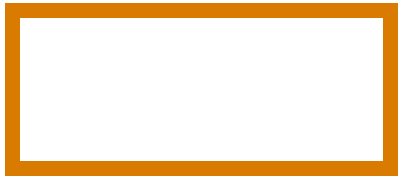
Episode 55: What Does Real Archaeology Look Like? (Dr. Hugh Thomas)
Share
We brought in Dr. Hugh Thomas because the feed is clogged with Atlantis cosplay, rage about “covering” Göbekli Tepe, and viral clips claiming archaeologists are hiding history. Hugh is the antidote: field archaeologist, University of Sydney lecturer, years in the trenches at Zagora (Greece) and out in the Saudi desert mapping mustatils—those massive 7,000‑year‑old rectangular ritual structures almost nobody had heard of until very recently. He’s the guy hauling buckets, not hashtags.
First shocker for casual spectators: excavation is destructive by definition. You get one pass. Pull a layer, remove a bone, that original context is gone forever—so speed and spectacle are the opposite of professionalism. The “why don’t they dig it all now?” crowd never seems to consider that the responsible choices after you uncover a feature are (a) stabilize and sometimes put a shelter over it for tourism, or (b) carefully rebury it so weather and looters don’t finish it off. Either path gets spun into conspiracy by people who have never squatted over a trench for eight hours cataloging pottery sherds.
Hugh walked us through the real physical grind: multi‑kilometer hikes into Zagora carrying every drop of water, flotation heavy residue bags, beams, wheelbarrows—then hiking artifacts and soil samples back up the elevation at day’s end. Or driving 45 minutes of road plus 90 minutes off‑track across Saudi basalt just to reach a single structure. You want “why is it slow?” Try moving the mass of a small office building a bucket at a time without pulverizing the evidence inside it.
The mustatil story is wild: from a few hundred identified rectangles to roughly sixteen hundred spread over an area the size of Poland, built of tens of thousands of tons of stone, reused horns and cattle skull fragments inside narrow chambers—repeating ritual behavior at scale long before the flashy “first civilizations” people love to mythologize. That’s genuine ancient coordination and belief, not a Netflix CGI storyboard. And we only pieced it together because teams patiently layered remote sensing, helicopter survey, mapping, excavation, and lab science (isotopes, protein analysis, dating) year after year.
Ethics came in hard. Human remains aren’t prop bones. Sometimes you can lift a skeleton intact for study; sometimes it’s so friable a gentle puff of air disintegrates it. In those cases the respectful, data‑maximizing move is controlled sampling and reburial—in original sediment—with clear signage so future visitors or locals know it’s been excavated and left in place. That isn’t “hiding history”; it’s basic human decency plus long‑term preservation. Same logic with secondary burials: new finds can force us to revise earlier interpretations, which is evidence the method works, not that the field is “covering up” change.
We hit the “orthodoxy” myth. Real debates are narrow: sequence of reuse in tombs, secondary vs primary burials, interpreting horn deposits, tweaking chronologies. If someone really had Atlantis in a trench they’d publish and dine out on that for life. Tenure committees and book advances don’t punish blockbuster discoveries—they depend on them. The idea archaeologists suppress career‑making finds to defend some cabal is internet fan fiction.
Big takeaways this episode: (1) Careful slowness is a feature, not a flaw. (2) Reburial and shelters are preservation strategies, not red flags. (3) Mustatils show large‑scale ritual coordination in a supposedly “empty” landscape—real data beating pseudo mystery bait. (4) Updating a theory when new trenches contradict the old model is integrity, not weakness. (5) Public engagement beats gatekeeping; letting locals look over the trench wall diffuses conspiracy oxygen.
If you’re tired of algorithmic Atlantis disinfo but still want awe—this is your lane. Subscribe, send this to the friend convinced archaeologists “won’t dig the good parts,” and meet us Wednesday at 4 PM EST. We’ll keep backing curiosity with actual dirt under the nails.
